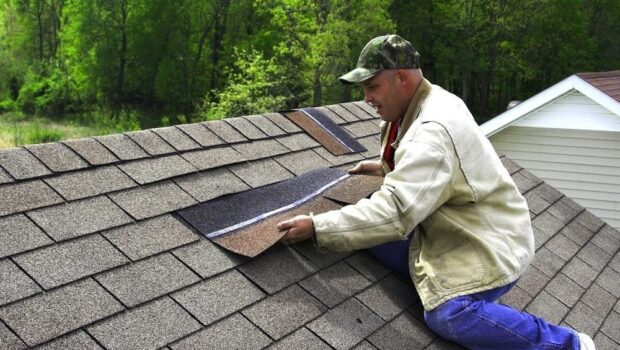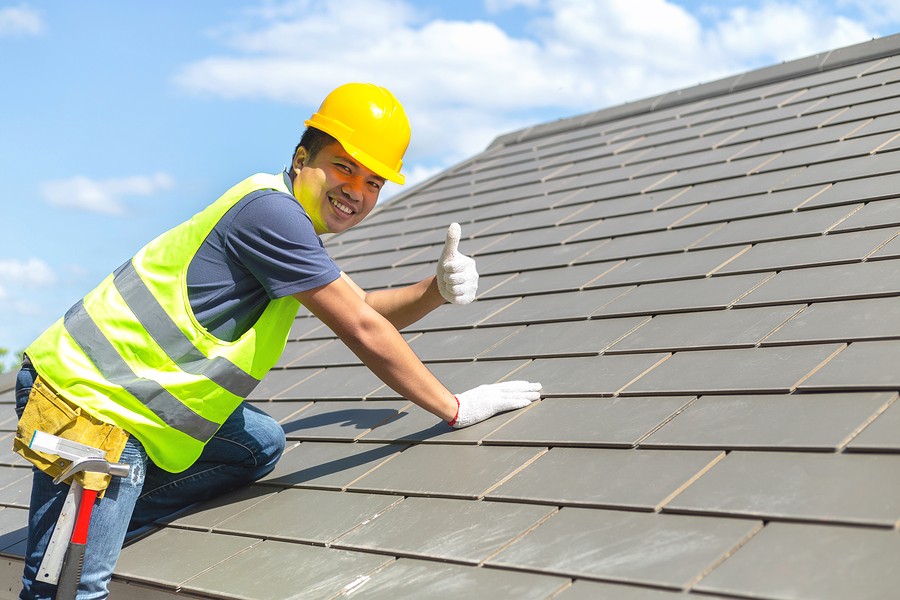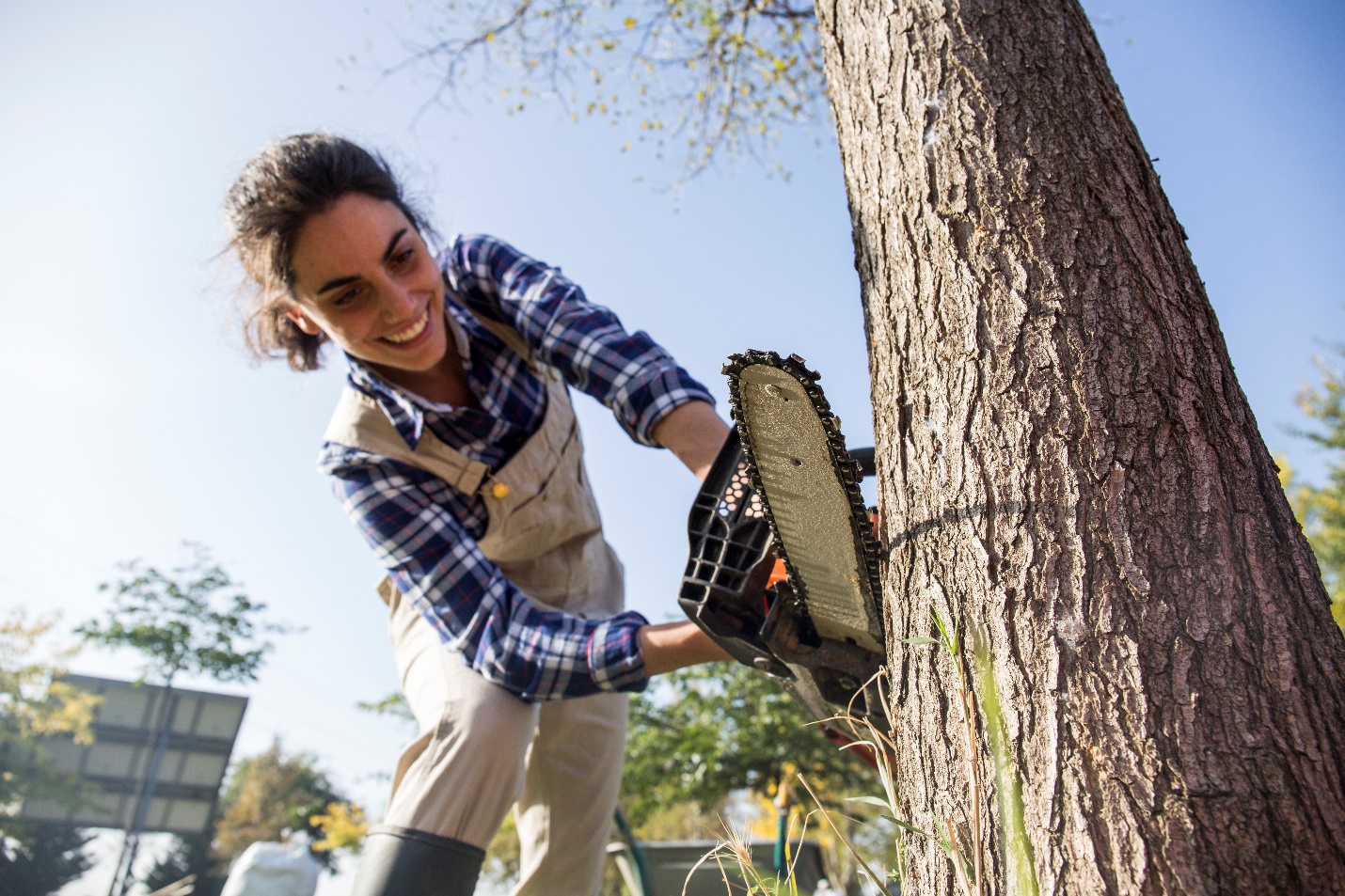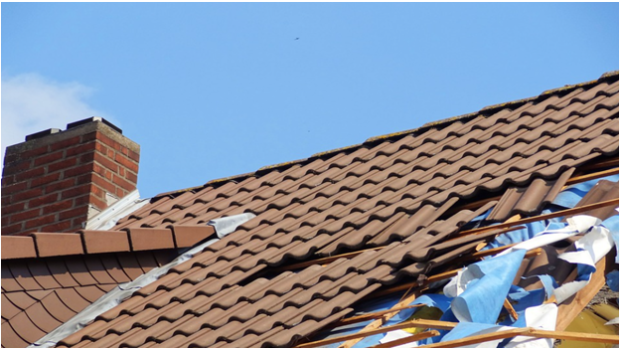Determining whether or not your roof needs to be replaced can occasionally be challenging.
Nobody goes up on their roof every day to check for warning indications that their roof needs to be replaced. The evidence, however, is rather clear to some homeowners. Your roof can be very old or it might be rotten and leaking.
- It’s time to replace your roof if it appears old and worn out and there are obvious symptoms of wear and tear.
- Another telltale sign that your roof needs to be replaced is if your shingles have curled-up edges or cupped tabs.
- You most likely need a new roof if it is 20 years old or older. Although shingles were designed for longevity and to endure severe weather for many years, there are always other considerations to take into account.
For instance, improper ventilation may hurt the longevity of your shingles.
Are the roofs on the houses around you new?
While it may seem strange to use this method to determine whether or not your roof needs to be replaced, it’s crucial to remember that if your property was built around the same time, it likely saw similar weather conditions.
Therefore, if your neighbor’s roof has reached the end of its useful life, it may be time to consider replacing yours as well.
- Moss is another obvious indication that your roof needs to be replaced. On your roof, moss can develop in areas that receive little sunlight.
- This is particularly true in cool, humid settings. Even while it might appear more like an aesthetic issue, moss traps moisture that, over time, can harm the shingles’ tops.
There are a few things to keep in mind when it comes to roof repairs.
- Make sure to get a professional estimate to find out what your current roofing system can handle.
- Get a full report from your roof contractors to see what repairs or replacements may need to be made.
- Check to see if there are any flashing or other special features on your roof that could need to be replaced.
- Get a bill of roof estimate from your roofing contractor to see what specifically needs to be done, and make sure to include the cost of any repairs or replacements.
- If you decide to replace your roof, be sure to get a new one made specifically for roofing.
- Make sure to have your old roof replaced with a new one if possible, to avoid any environmental damage.
- Make sure to have your home inspected by a professional to make sure the new roofing system is up to code.
However, if you are the owner or tenant of a property that is in need of a roof replacement, there are a few things you can do to help save money. First, be sure to factor in the cost of replacement when planning your budget. Second, be sure to factor in the time it will take to have your roof replaced. Finally, make sure to factor in the potential for dangerous weather conditions that could affect your property during the replacement process.





